Opinion
Archipelagic economy I: Lessons from Indonesia
Map Insights
|
 |
Posted on June 04, 2013
INDONESIA IS a global agribusiness player. It ranks first in palm oil, second in natural rubber, third in coffee and cocoa, and pepper. I have been to Indonesia several times in recent years that brought me to Bandung, Malang, Surabaya, and Jakarta (in Java), Bali and Makassar in Sulawesi. I have observed the dynamism of the Indonesian economy. This article discusses the agriculture and fisheries promise of Indonesia.
The Indonesian report indicated that poverty reduction through improved agriculture productivity will be at least twice as beneficial to the poorest segment of a country as growth from non-agricultural sector.
Poverty reduction through agriculture productivity occurs through four fronts. First, higher productivity directly improves incomes and provides rural employment. Second, increased food production results in cheaper food. Third, agricultural growth has multiplier effects on the growth of non-farm sectors. Fourth, agriculture has a role in structural changes as labor and growth shift towards manufacturing and services.
The report claims that the country can become a large exporter of agriculture crops by increasing farm productivity. This can be achieved by optimizing growth potential between 2010 and 2030.
Six Pillars of Growth. The Report cites six pillars for output gains in agriculture and fisheries of seven percent a year: (1) increase in smallholder yields; (2) shift to high-value crops; (3) increase commercial farm yields; (4) cultivate low-carbon unused land; (5) increase fisheries production; and (6) reduce food losses and wastes.
In terms of impact, increased productivity of smallholders, shift to high-value crops and reduction in food losses and wastes would account for about three-quarters of the total gain. Increased commercial farm yield will further add 11%.
Increasing smallholder yields involves several areas. First is investing in technology through research and development. Second, using irrigation that includes advanced systems that conserve scarce water resources such as micro-irrigation. Third, better public extension system to educate farmers on farm management. Fourth, improving access to credit. Lastly, better transport infrastructure.
Producing high-value crops like fruits, vegetables and oil palm could achieve higher incomes than rice and corn. There are significant gains that can be made with the horticulture industry from both income and nutrition standpoints.
Increasing yields of commercial farms can be achieved by improving farm management and genetic varieties. Many commercial farms face poor maintenance of irrigation systems, older, low-yield cultivars, and below-par management. For example, the commercial yield of oil palm can reach 150% by 2030 through improved genetics and management.
Bringing unused land into production involves utilizing millions of hectares of bush, shrub grass and barren lands. It is suggested that the government can develop a “degraded land bank” that can provide a comprehensive overview of land and legal rights to such land. The reform of land-titling mechanisms should take into account informal land ownership and land claims by indigenous groups.
Boosting the productivity of sustainable fisheries implies strict enforcement of laws regarding illegal and unregulated fishing by foreign and domestic fishers. Another is maintaining the long-term sustainability of marine ecosystems and fish stocks. Over-fishing poses significant risks to the long-term viability of the industry.
Aquaculture is another important factor for raising fish production. A more sustainable method without harming mangrove areas is preferred. Development of marine fisheries and aquaculture needs greater investment in related infrastructure, especially cold supply chains.
Finally, reducing waste will have a dramatic impact as losses account for 20% of the crops and 30% of the fisheries products. Improved harvest and post-harvest techniques are necessary to cut losses.
To achieve the unprecedented agriculture growth of seven percent a year over the next 20 years will require overcoming many barriers. The most common are capital investments in farming, infrastructure/supply chain, change in entrenched traditional farm practices, access to credit, program implementation capacity of government, and market information failures.
The six drivers discussed in the context of Indonesia find strategic importance in the drive of the Aquino government for inclusive growth. The country needs to improve efficiencies across the agriculture value.
Further, to achieve a dramatic fall in rural poverty, the countryside needs more problem-solvers and program implementers, and fewer faultfinders, bellyachers, and whiners.
(The article reflects the personal opinion of the author and does not reflect the official stand of the Management Association of the Philippines. The author is the executive director of the Center for Food and AgriBusiness of the University of Asia & the Pacific. Feedback at [email protected] and [email protected]. For previous articles, please visit map.org.ph)
